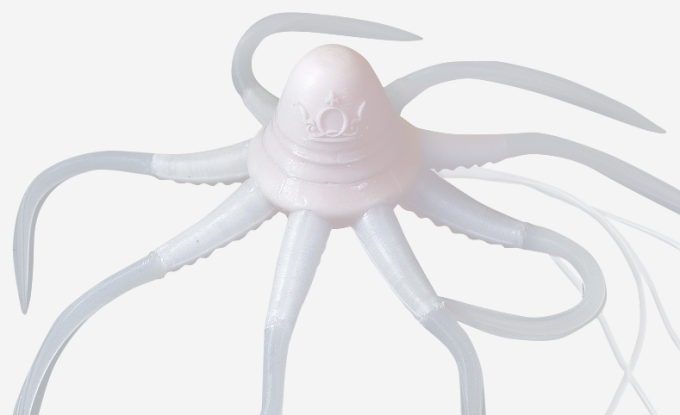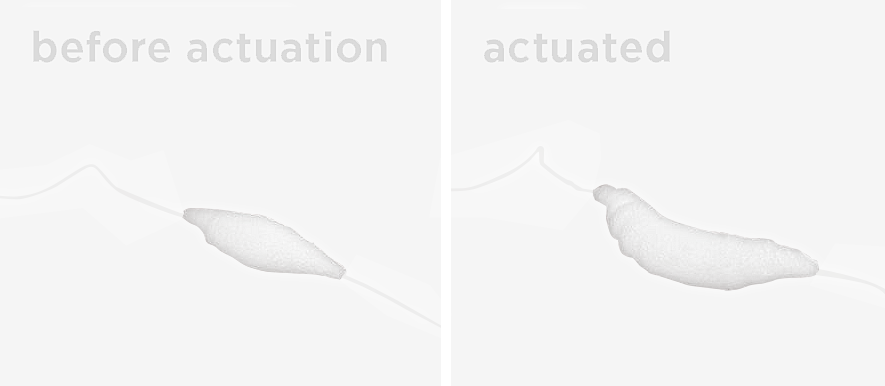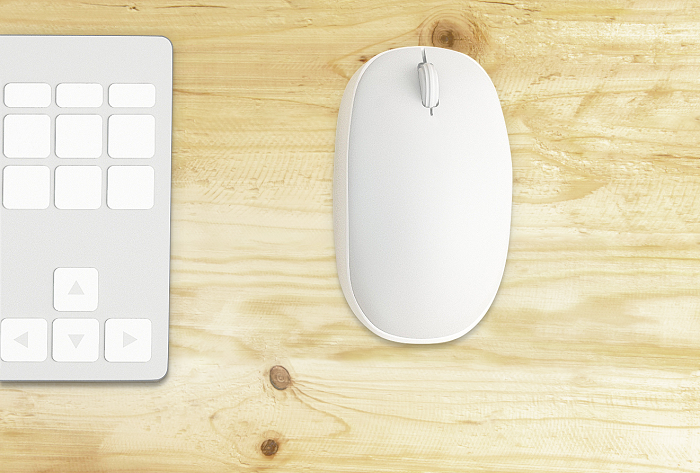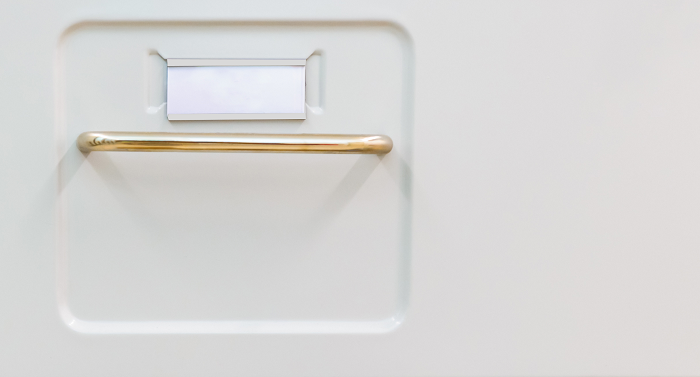stories on progressBreakthrough for life-like soft robotics
May 1, 2022

image | above
This mushy + agile mechanical squid is the future of robotics — a completely soft machine that will flex + grip just like biological muscle.
With their fine motor skills, soft robots can handle complex tasks that require mobility, delicacy, precision, and safety. Synthetic muscle protoypes in the lab today give these robots with extreme weight-lifting strength.
credit: Queen Mary Univ. of London
— contents —
~ story
~ quote
~ featurette
— story —
Researchers at Columbia Univ. built a 3D printable, synthetic soft muscle that can mimic nature’s biology — lifting 1000 times its own weight. The artificial muscle is 3 times stronger than natural muscle — and can push, pull, bend, twist, and lift weighty objects. The breakthrough enables a new generation of completely soft robots.
Today’s mechanisms that move robotics — called actuators — are bulky pneumatic (gas pressure) or hydraulic (fluid pressure) inflation systems made of elastomer skins — that expand when air or liquid is pushed into them. But those require external compressors + pressure regulating equipment.
The team is led by award-winning roboticist Hod Lipson PhD — from the Creative Machines Lab at Columbia Univ.

image | above
In the experiment above, the synthetic soft muscle expands + deflates — just like a real biological muscle. This prototype is a breakthrough for building soft robots.
credit: Columbia Univ.

books | by Hod Lipson PhD
1. |
book title: Fabricated
deck: The new world of 3D printing.
visit | book
2. |
book title: Driverless
deck: Intelligent cars and the road ahead.
visit | book
image | above
A portrait of Hod Lipson PhD.
Replicating natural motion.
Inspired by living organisms, robotics made of soft materials will be essential in fields where robots must interact physically with people — such as: manufacturing, emergency services, customer assistance, in-home aid, and health care. Unlike rigid robots, soft robots can replicate natural motion — grasping + manipulation — to provide medical help, perform delicate tasks, or pick-up soft objects.
The soft muscle recipe.
Researchers used a silicone rubber matrix with ethanol (alcohol) distributed throughout in micro-bubbles. This design combines elastic properties + extreme volume change abilities — and it’s easy to fabricate, low cost, and made of environmentally safe materials.
The soft, composite material is 3D printed into its final shape. When it’s heated, the ethanol in the material boils and the pressure inside those micro-bubbles grows — forcing the elastic silicone elastomer matrix to also expand.
The researchers next plan to accelerate the muscle’s response time + increase its shelf life. They also plan to use artificial intelligence software that will learn to control the muscle — as a final milestone in replicating natural human motion.
The synthetic muscle was tested in a variety of robotic applications. Because it’s elastic, it was able to expand + contract up to 900%. The new material can withstand strain 15 times larger than biological muscle. The team said these abilities will enable new kinds of soft robots.
quote
name: by Hod Lipson PhD
bio: mechanical engineer
bio: teacher | Columbia Univ.
web: profile ~ home
We’ve had great strides in making robot software — but robot bodies are still primitive. This is a big piece of the puzzle. Just like biology, the new actuator can be shaped + re-shaped 1,000s of ways. We’ve overcome one of the final barriers to making life-like robots.
— Hod Lipson PhD
Science details for building soft actuators.
Inspired by natural muscle, a key challenge in soft robotics is developing:
- self-contained + electrically driven soft actuators
- that can withstand high strain
- made of soft + robust composite material
Existing robotics actuators have limits:
- they require high voltage to trigger electro-active polymers
- they’re restricted by the low strain of shape memory alloys
- they need external compressors
- they need pressure regulating components for hydraulic + pneumatic actuators

featurette
school: Columbia Univ.
featurette title: Synthetic muscle for soft life-like robotics
watch | featurette

webpages
the Creative Machines Lab | home
tag line: Robots that create + are creative.
- We build robots that do what you’d least expect robots to do — self-replicate, self-reflect, and ask questions.
- We develop machines that can design + make other machines automatically.
- We look for engineering concepts + insights within living biology.
presented by
Columbia Univ. | home ~ channel
motto: In your light we see the light.

— notes —
3D = 3-dimensional
AI = artificial intelligence
univ. = university